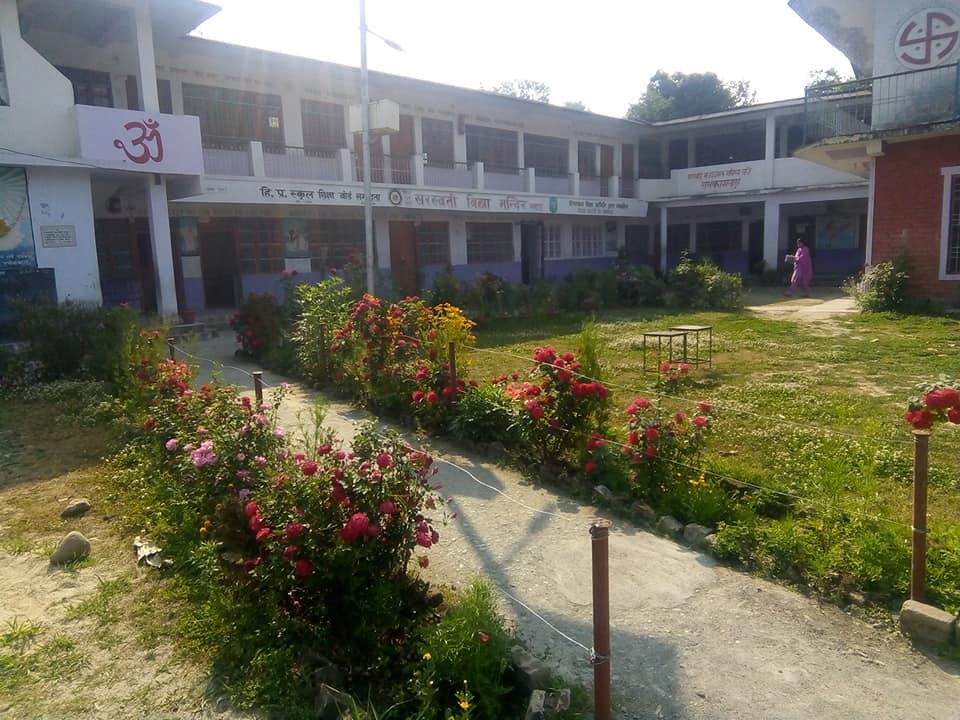Our facilities
Classrooms: Classrooms are the primary spaces where teachers conduct lessons and students learn. They are equipped with desks, chairs, whiteboards or chalkboards, and often multimedia equipment such as projectors or smartboards.
Library: The school library is a resource center where students can access books, reference materials, and digital resources for research and reading. Librarians are typically available to assist students in using these resources.
Science Labs: Science laboratories are equipped with specialized equipment and materials for conducting experiments in subjects like biology, chemistry, and physics.
Computer Labs: Computer labs provide access to computers and technology resources for students to work on assignments, research, and learn digital skills.
Gymnasium: Schools often have gymnasiums for physical education classes, sports practices, and extracurricular activities. They may include basketball courts, volleyball courts, or other sports facilities.
Sports Fields: Outdoor sports fields are used for activities like soccer, football, track and field, and more. They may have tracks, bleachers, and facilities for various sports.
Auditorium or Theater: These spaces are used for school assemblies, drama productions, music performances, and other events. They are equipped with sound and lighting systems.
Cafeteria: The school cafeteria provides meals for students and staff. It may also serve as a gathering space for students during lunch and breaks.
Art Studios: Art studios provide space and materials for students to engage in creative activities such as painting, drawing, and sculpting.
Music Rooms: Music rooms are equipped with instruments and equipment for music instruction and practice.
Health Clinic: Some schools have health clinics staffed by nurses to attend to students' health needs during the school day.
Playgrounds: Elementary schools often have outdoor playgrounds for young students to engage in physical play.
Administrative Offices: These offices house school administrators, counselors, and support staff who manage school operations.
Special Education Rooms: These are dedicated spaces for providing services to students with special needs.
Student Lounges or Common Areas: In higher education institutions, you might find common areas where students can study, socialize, or relax.
Science and Research Facilities (Colleges/Universities): Higher education institutions often have advanced research labs and facilities for conducting academic research.
